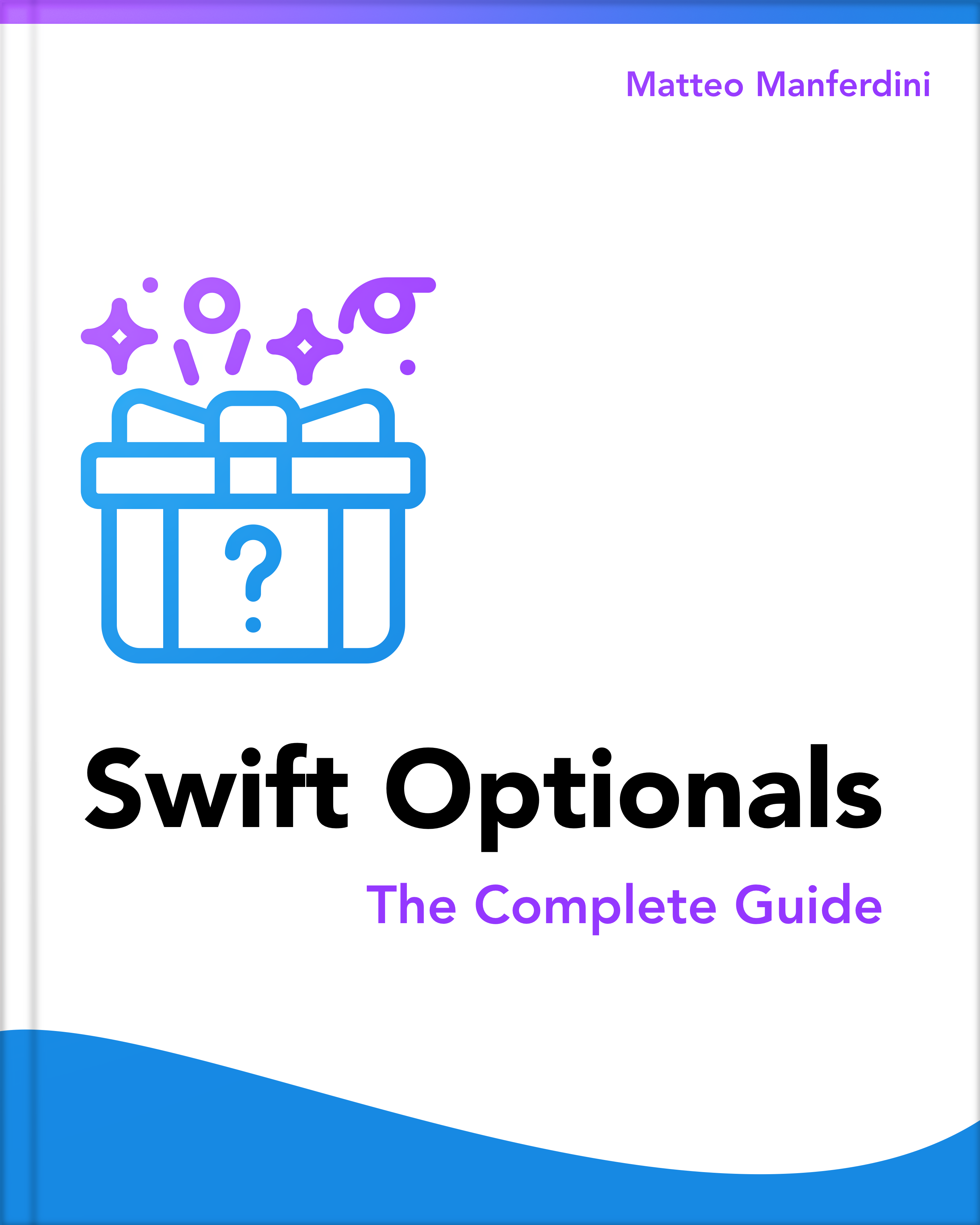Many iOS developers seem to go for very complex storage solutions when iOS offers very quick and easy ones that are much better for many tasks.
I myself made such mistake in the past. When the iOS SDK first came out I decided to make a little game for the iPhone. It was a little card game and as such it had to store the values for each card as well as information about the deck and cards the player collected. And I used the worst solution possible.
Matteo has been developing apps for iOS since 2008. He has been teaching iOS development best practices to hundreds of students since 2015 and he is the developer of Vulcan, a macOS app to generate SwiftUI code. Before that he was a freelance iOS developer for small and big clients, including TomTom, Squla, Siilo, and Layar. Matteo got a master’s degree in computer science and computational logic at the University of Turin. In his spare time he dances and teaches tango.


